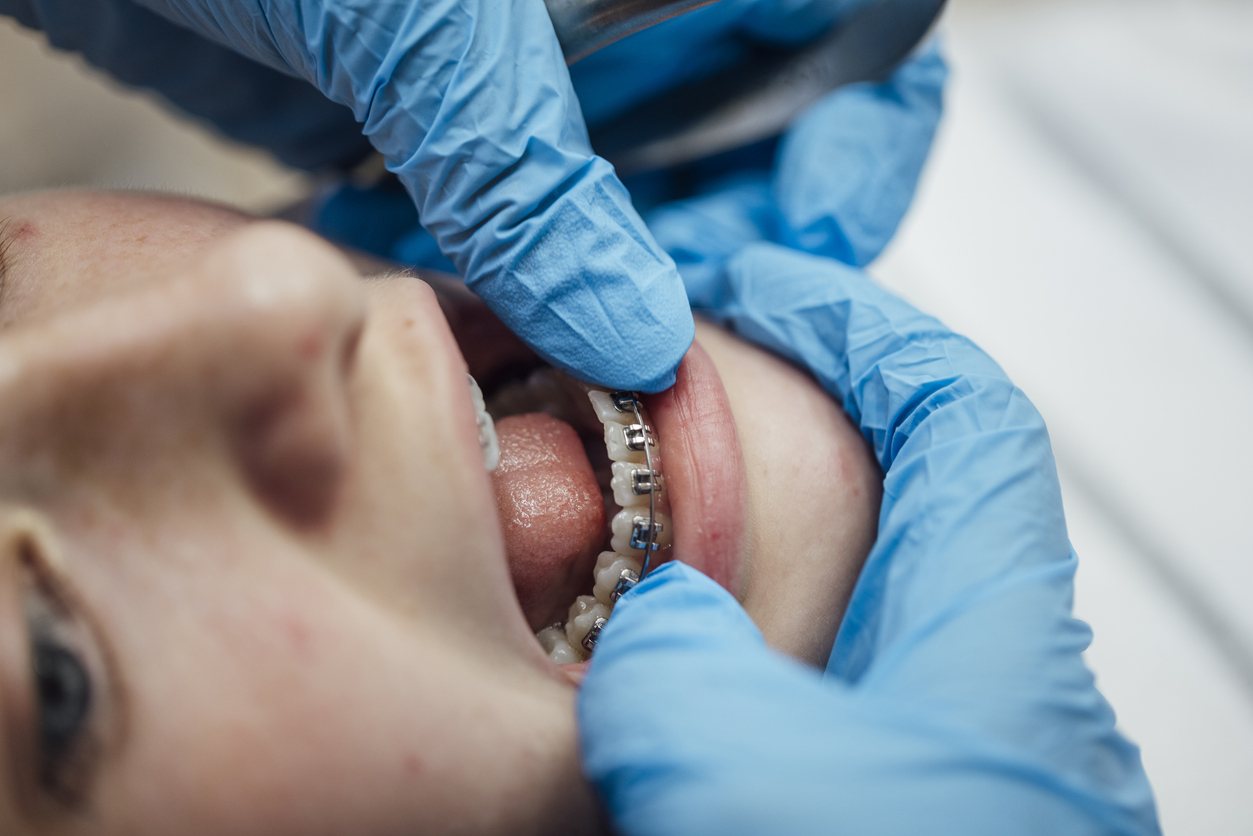Why Age Matters in Orthodontic Treatment
Orthodontic treatment can benefit people at nearly any age, but the timing of care can influence the overall experience and outcome. Many parents wonder when their child should get braces—or if it’s ever “too late” for them to consider treatment as adults. While braces are effective at all stages of life, there are optimal windows for evaluation and correction that can simplify treatment and improve long-term results.
Early Evaluation: The Benefits of Seeing an Orthodontist at Age 7
For children, the best age to receive an initial orthodontic evaluation is around seven years old. At this point, most kids have a mix of baby teeth and adult teeth, which allows orthodontists to assess how the jaw is developing and whether issues like crowding or bite misalignment are emerging. Even if braces aren’t needed right away, early assessments allow orthodontists to monitor growth and intervene at the right time. In some cases, early (Phase I) treatment can guide jaw development or create space for incoming teeth, reducing the need for more invasive procedures later.

The Teenage Years: The Most Common Time for Braces
Teenagers are often the most common candidates for braces, typically between the ages of 11 and 15. By this stage, most permanent teeth have erupted, and the jaw is still growing—making it an ideal time to shift teeth into alignment. Treatment is often faster and more efficient in teens compared to adults, as younger bone structures respond more easily to pressure. Socially, this is also a time when many peers are going through the same process, making braces feel more normalized and even expected. With advancements like ceramic braces and clear aligners, many teens can choose options that suit their lifestyle and comfort.
It’s Never Too Late: Why Adults Are Choosing Braces and Aligners
Adults of all ages can still benefit from orthodontic care. In fact, adult orthodontics is more popular than ever thanks to discreet solutions like Invisalign. While treatment may take slightly longer due to mature bone density and the presence of previous dental work, the results are just as transformative. Many adults seek braces to correct shifting teeth, jaw pain, or bite problems that were never addressed earlier in life. Others simply want to feel more confident about their smile. Regardless of age, orthodontic treatment can improve both function and aesthetics.
Find the Right Time for Treatment at Level Orthodontics
The best time for braces depends on your individual situation—but the most important step is getting an evaluation. Whether you’re exploring options for your child, teenager, or yourself, orthodontic care can lead to lasting benefits at any age. At Level Orthodontics, we believe it’s never too early—or too late—to invest in a healthy, confident smile. Contact us today to book your personalized consultation and find out what timing works best for you.
